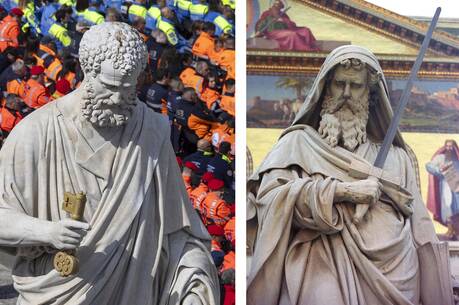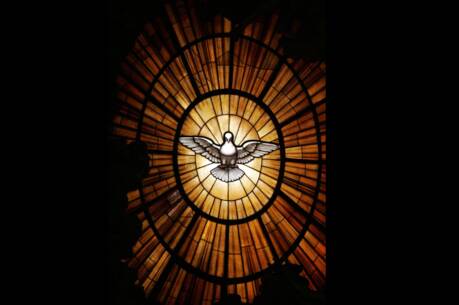What Does It Mean?
’Hail, full of grace! The Lord is with you.” Mary was puzzled at such a greeting. She was certainly familiar with God’s mysterious presence in the Holy of Holies, which made the temple in Jerusalem so sacred. But this greeting was addressed to her. The Lord was with her. And she was a woman, not the high priest. Furthermore, she is called “full of grace” (the Greek might be better translated “favored one” or “graced one”). In what specific way was she favored or graced? There was good reason for her to be “greatly troubled by what was said.”
The Gospel tells us that Mary was graced with a significant role in the salvation of the world. She would carry within her body the “Lord with us,” Emmanuel himself. If she was puzzled by the greeting, she must have been astonished by the message.
Today is not the feast of the Annunciation, though that is the Gospel reading assigned to it. We are not celebrating the conception of Jesus, but the conception of Mary. Furthermore, it is not simply her conception that we consider, but her immaculate conception. Actually, the feast has little to do with conception itself; but it has everything to do with Mary being graced.
The need for grace is evident in the first reading. But there is also hope in that story. The offspring of the woman (the human race) does not succumb to the attack of the offspring of the serpent (evil forces). There is hope and grace in the second reading as well. It claims that we have all been blessed in Christ, made holy and without blemish. In other words, we are graced.
Like the couple in the first readings, we have all sinned and are in need of the adoption of which the second reading speaks. We receive this grace through Christ. Mary, on the other hand, was graced from the very beginning. She was graced before sin could strike at her. She was graced because God-with-us would be with her. This is the glorious mystery we celebrate today.
This article also appeared in print, under the headline “What Does It Mean?,” in the December 1, 2003, issue.







